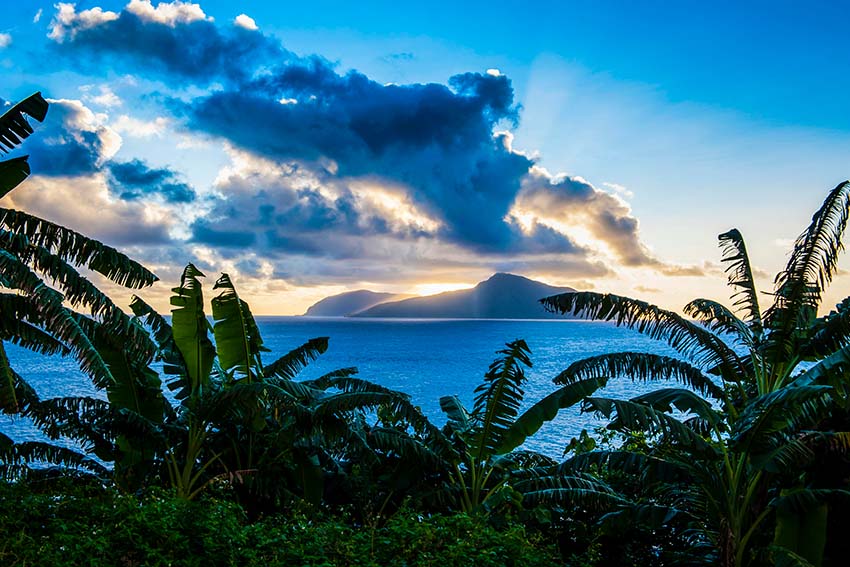25 January 2024
Empowering Underserved Communities: Susan Harwood Grants' Impact in Pacific Islands

Exploring Pacific Islands: Transformative Safety Training
For many occupational safety and health instructors, the opportunity to help save lives and improve job safety is gratifying enough. Yet a lucky set of UC San Diego OSHA instructors seized the opportunity to take their training a step further and explore beautiful Pacific islands while also delivering important safety training to people in desperate need.
Close to 6000 miles away from the American mainland and in the heart of the Pacific Ocean lies the American territories of Guam, American Samoa, and the Commonwealth of the Northern Mariana Islands (CNMI). Each island is rich in culture and beauty, but often isolated from the resources and opportunities available on the mainland.
Especially lacking on these islands is access to safety training, which can leave their workforce exposed to hazards in high-risk industries such as construction, typhoon recovery, and hospitality.
“They’re very underserved. It’s expensive to bring safety and health training to these areas so far away and their employers can’t always afford it,” said Dan Mooney, UCSD Instructor.
Positive Reception and Impact
The positive impact of the training becomes evident through the experiences shared by instructors.
“The evaluations that we receive from the students are all very positive,” said Van Howell, UCSD Instructor. “Every class that we teach takes a pre quiz and a post quiz to evaluate their learning. By and large these evaluations are very positive and show a marked improvement of their knowledge from the course as well.”
“Most of the classes that we’ve offered have been full,” shares Mooney. “We can have a maximum of 40 students and most of them have 40 students.” The participants appreciated the program so much that not even a Super Typhoon could stop them!
“When I was in Guam we were there for a category 5 typhoon that sat over the island for four days,” said Schroeder. “It took out the power on the entire island and we [the instructors] were stuck there for six extra days. But we got the class in! When the storm was gone, everyone came back and made arrangements so we could get the training done.”
Future Plans and Collaborative Approach
Looking ahead, the program remains committed to expanding its reach. The next phase is to expand outreach for infectious disease prevention training to Native American groups in the western half of the United States, especially hospitality workers in hotels and casinos where illnesses can potentially spread quickly.
“We’re trying to target somebody on the mainland that might be interested in infectious disease prevention training,” said Mooney. “The goal again is to create awareness of what all the different infectious diseases are that one could be exposed to and how to avoid them.”
The program was initiated last year but met with skepticism from the initial set of groups that the team reached out too. Marketing plans and overtures didn’t lead to the same kind of interest they received in the south Pacific so the group had to change their approach.
Conclusion
The experiences of instructors participating in the Susan Harwood Grants program underscore the transformative impact of providing safety and health training to underserved regions. Through collaboration, cultural awareness, and a shared commitment to safety, these instructors are breaking down barriers and empowering communities that have long been overlooked. As the program continues to expand it’s hoped that the echoes of enthusiastic learners reaches across the Pacific, reminding us of the profound significance of education, outreach, and unity.
The impact of safety training will continue to reverberate across the Pacific Islands, promoting safer workplaces and brighter futures.